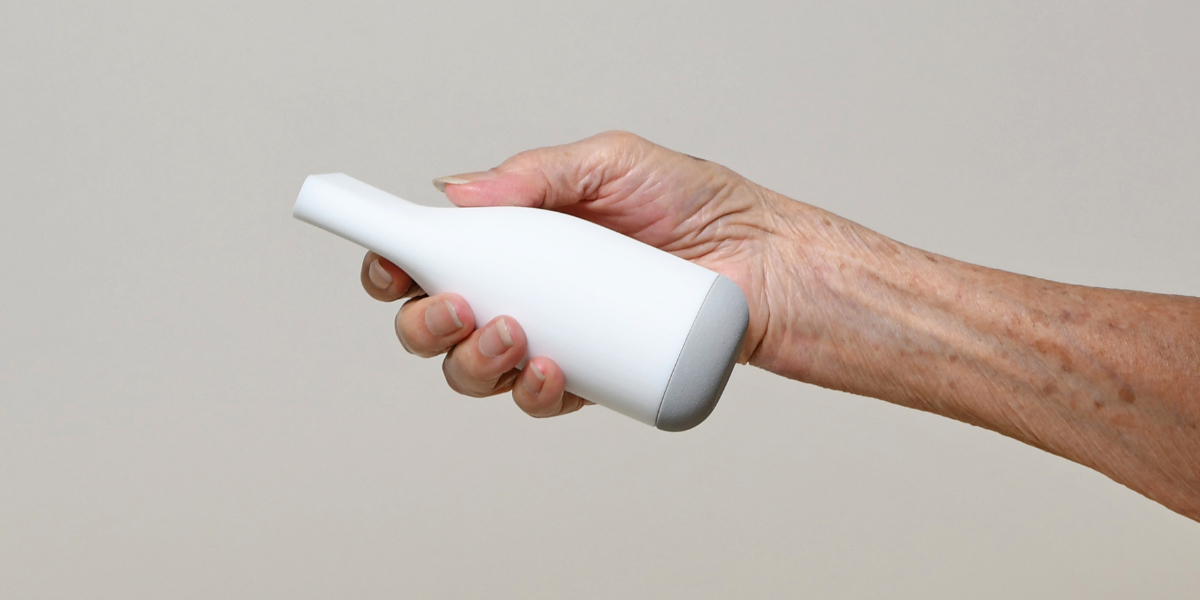AWARD YEAR
2023
CATEGORY
Body
GOALS
Good Health & Well-being
KEYWORDS
Dementia
COUNTRY
Singapore
DESIGNED BY
Poh Yun Ru
WEBSITE
https://designincubation.sg/project/rewind
Rewind
a platform to prompt meaningful recollection and social engagement for the elderly with dementia
How does it work?
Designed to evoke memories, Rewind uses a motion-tracking tool that guides the dementia elderly in re-enacting familiar gestures. These actions are then reflected as audio-visual feedback on a paired device, unearthing personal memories that users associate with the sensorial interaction.
Understanding that the elderly may be overwhelmed using different tools for different scenarios, the controller was designed through extracting and fusing key elements of various objects. For example, the pointed spout and bottle-like form of kettles were extracted to embody the sensation of pouring water. Similarly, the round, bottom heavy form of pestles were adapted to relay the pounding action. Together, these elements make the controller relevant to each scenario.
With a carefully crafted programme, caregivers or therapists can also customise and update new scenarios in a way that helps elders from different cultural backgrounds to relate better.
Why is it needed?
Dementia is currently the seventh leading cause of death among all diseases and one of the major causes of disability and dependency among older people worldwide. Dementia has physical, psychological, social and economic impacts, not only for people living with dementia, but also for their carers, families and society at large. There is often a lack of awareness and understanding of dementia, resulting in stigmatization and barriers to diagnosis and care.
How does it improve life?
Dementia is a challenge faced by societies all around the world - by focusing on accessibility and ease of adoption, Rewind has evolved into an even more practical proposal.



